The Japanese diet is an ideal method to reduce body size and lose weight evenly, improving overall health.
How to lose weight effectively: Japanese diet
The Japanese method helps improve all metabolic processes in the body, and the results obtained will be stable for several years if you monitor your eating behavior and avoid excess calories. Japanese girls are rarely overweight.
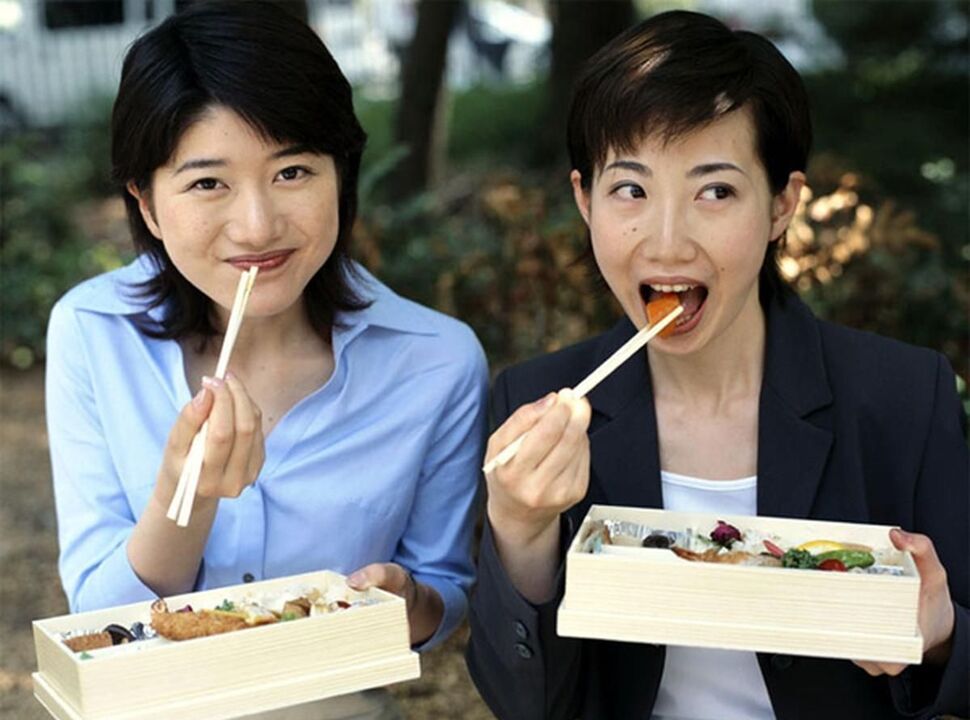
Many Asian girls have a thin figure, the key to having a slim body is nutrition. The Japanese diet is a system of nutrition without salt and low in carbohydrates, thanks to which not only fat is eliminated, but also excess fluid, toxins and waste.
Benefits of the Japanese diet:
- if all the rules are followed, rapid weight loss is guaranteed;
- the risk of regaining lost kilos is minimized (with subsequent balanced nutrition);
- diet consisting of inexpensive and accessible products;
- Doesn't require much preparation time, every recipe is simple;
- suitable for athletes who want to dry their body;
- According to some doctors, the diet helps reduce cholesterol.
Thanks to the Japanese diet, you can lose 10-15 kg
This is possible only if you strictly adhere to the diet prescribed by the system. In addition, it is necessary to take into account the initial weight, the greater the weight, the more noticeable the plumb line will be.
Who is this diet suitable for?
Although the Japanese food system is effective, it is considered complex and harsh, so not everyone can endure it. The Japanese culinary system requires discipline and strict organization from people. The Japanese diet is not suitable for every woman - this must be taken into account.
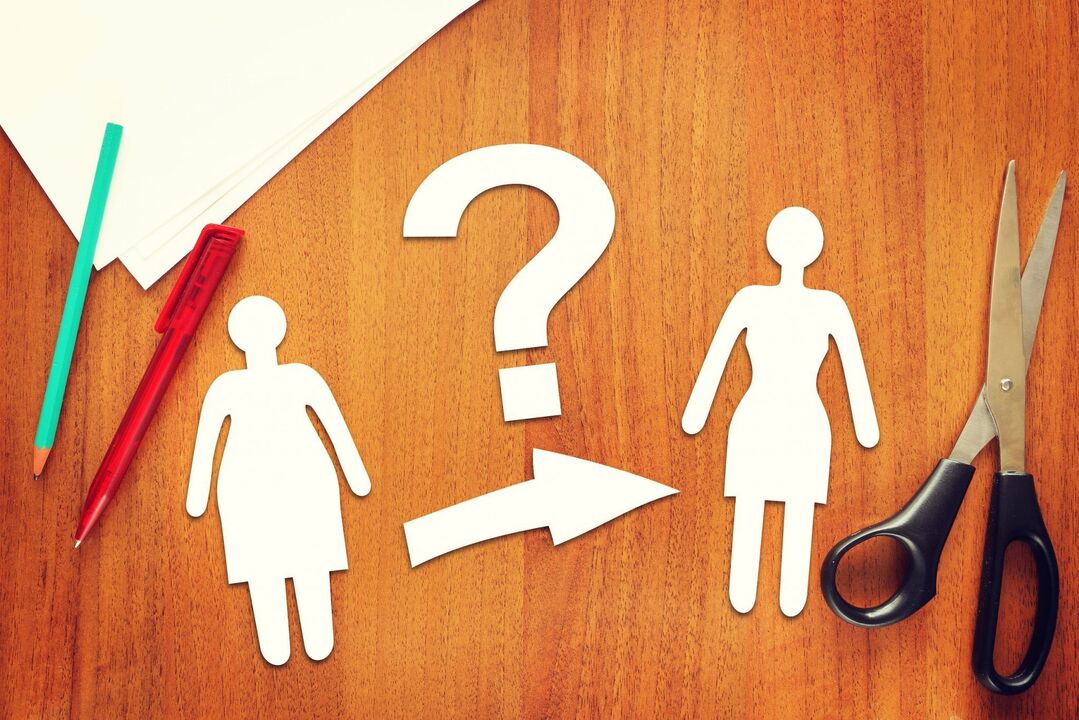
Diet suitable for people:
- really overweight;
- not used to having a hearty breakfast;
- does not quickly lose motivation and motivation;
- no health problems.
The positive effect of the diet is that in 14 days you can not only lose weight, but also change your eating habits. Many people who are on a diet have become accustomed to drinking unsweetened tea and coffee even after stopping their diet. After giving up sugar and salt, many people begin to understand the true taste of food, so the consumption of these products continues to be reduced to a minimum.
Important! If the thought of a cup of coffee for breakfast is confusing, then such a nutritional system is not suitable. It would be wiser to look for other weight loss systems. The diet provided by the system should be pleasurable and not a painful punishment.
Characteristics and conditions of the Japanese diet
If a person who has decided to lose weight can easily give up salt but still experiences any health problems, he or she should consult a doctor.
Note! Eat light and low-calorie foods for a few days immediately before starting the diet.
Basic dietary principles:
- drink still water with a volume of at least 2 liters;
- exclude alcohol, flour, fatty and sweet foods from the menu;
- Recommended serving size - 200 g;
- Any snacks are prohibited;
- Dishes should be freshly prepared;
- Do not eat sweet fruits;
- Tomato juice should be salt-free.
Record your weight loss results
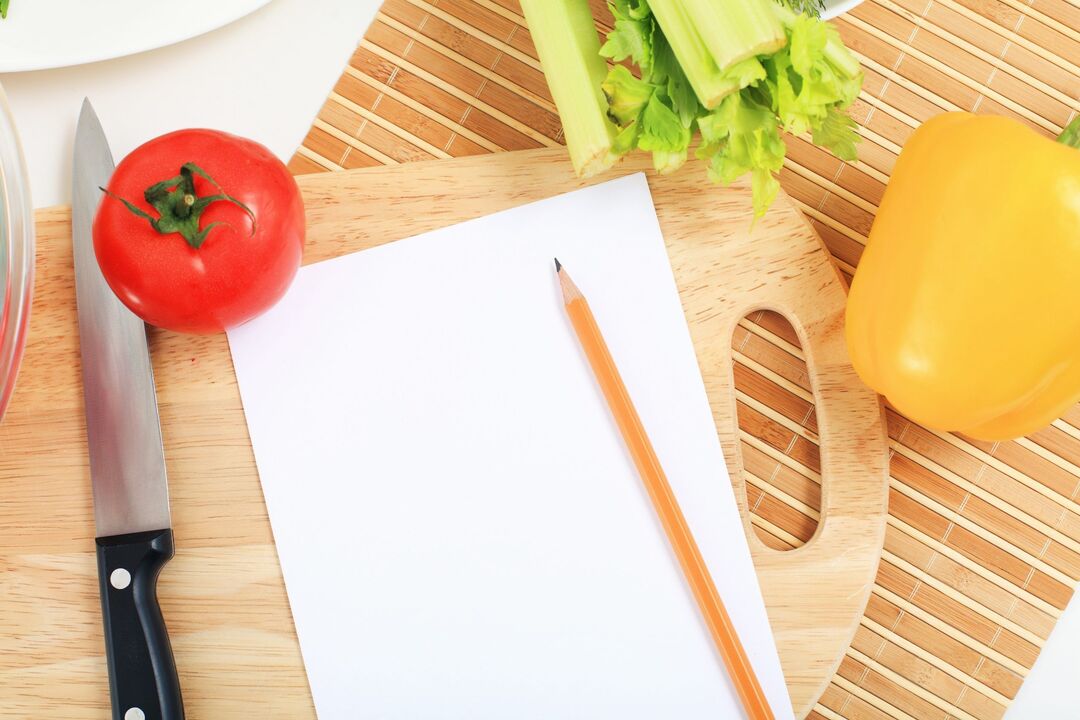
Basic dietary products:
- lean;
- fish;
- egg;
- non-starchy vegetables;
- unrefined sunflower oil;
- tomato juice;
- low-fat kefir.
An undoubted advantage of the diet is the availability of products, but if 2 weeks of such nutrition are provided with special effort and difficulty, then you should limit yourself to only 1 week.
Contraindications of the Japanese diet
Nutritionists especially recommend using the 2-week method exclusively for young people with no health problems.
Contraindications:
- adolescent,
- pregnancy,
- breastfeeding period,
- diabetes,
- Menopause,
- gastritis,
- Hepatitis,
- cholecystitis,

- gallstone disease,
- hypertension,
- kidney problems,
- neuropathy,
- viral infection,
- inflammatory process,
- stomach diseases,
- venereal diseases,
- AIDS.
The diet prescribes consuming natural coffee almost daily on an empty stomach. If there are any problems or abnormalities in the functioning of the digestive organs, coffee will not have a therapeutic effect in this case, so it is better to consider another nutritional system.
Japanese salt-free diet for 14 days. Menu board
The detailed menu for each day is presented in the table.
| Day | Eat | Dish |
| No. 1: | breakfast: | tea or coffee (unsweetened, of course); |
| dinner: | Boiled eggs (2 pcs. ), cabbage salad, seasoned with 1 tsp. oil; | |
| dinner: | steamed fish fillet. | |
| No. 2: | breakfast: | tea or coffee + bread; |
| dinner: | fish fillet + vegetable salad; | |
| dinner: | steamed beef (up to 100 g), kefir (200 g). | |
| No. 3: | breakfast: | tea or coffee, bread; |
| dinner: | zucchini fried in oil; | |
| dinner: | eggs (2 pcs. ), beef (up to 200 g. ), cabbage salad. | |
| 4: | breakfast: | tea or coffee; |
| dinner: | boiled carrots, 15-20 gr. cheese, eggs (raw); | |
| dinner: | apple. | |
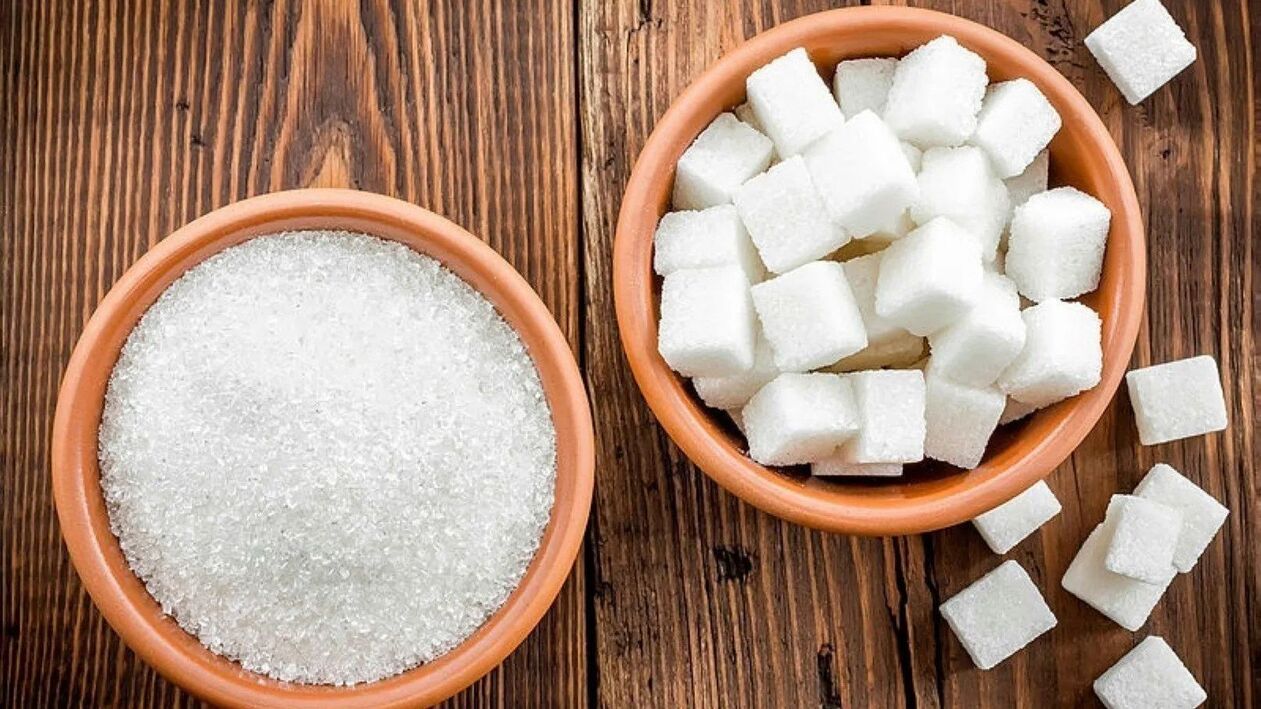 |
||
| 5: | breakfast: | shredded carrot + lemon juice; |
| dinner: | tomato juice + fish fillet, | |
| dinner: | unsweetened fruit. | |
| Number 6: | breakfast: | tea or coffee; |
| dinner: | boiled chicken (1/2 portion), cabbage or carrot salad; | |
| dinner: | 2 eggs, salad. | |
| Number 7: | breakfast: | tea; |
| dinner: | steamed veal, big apple; | |
| dinner: | any variation of dinner, except day 3. | |
| 8: | breakfast: | tea or coffee; |
| dinner: | Chicken salad; | |
| dinner: | 1-2 eggs, carrot salad with lemon juice. | |
| Number 9: | breakfast: | carrot; |
| dinner: | fish + tomato juice; | |
| dinner: | fruit. | |
| No. 10: | breakfast: | tea, coffee to choose from; |
| dinner: | carrots, 15-20 g. cheese, raw eggs; | |
| dinner: | 2 unsweetened apples. | |
| Number 11: | breakfast: | bread, coffee; |
| dinner: | fried zucchini; | |
| dinner: | 2 eggs, boiled veal, salad. | |
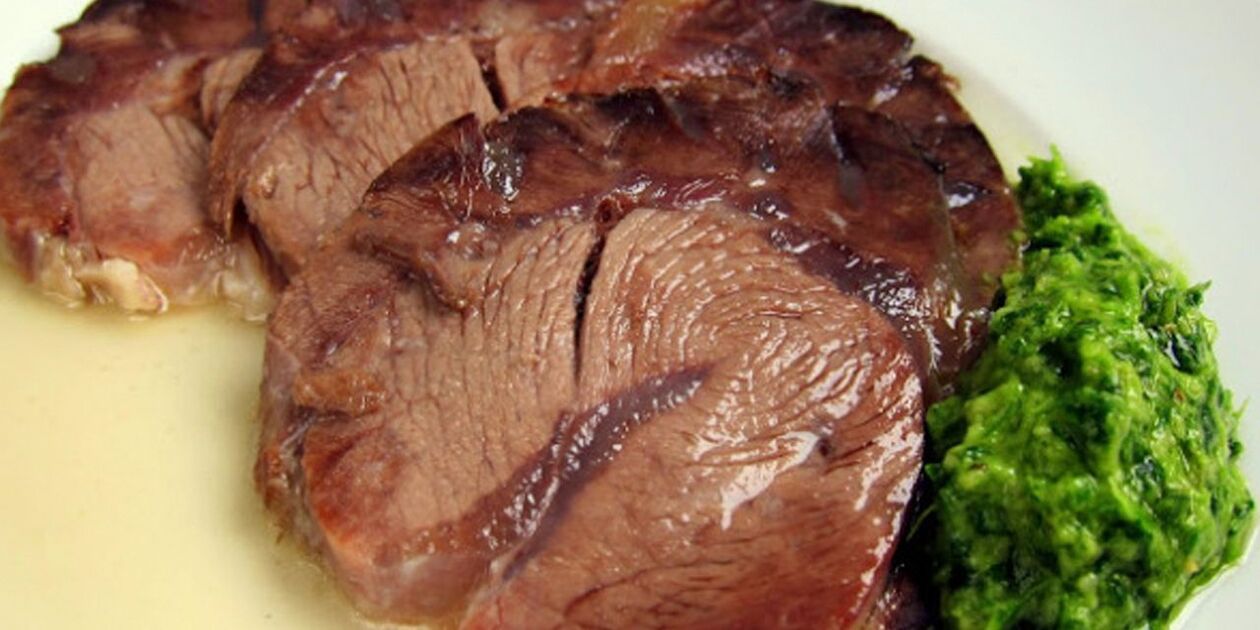 |
||
| No. 12: | breakfast: | coffee, bread; |
| dinner: | fish, salad; | |
| dinner: | kefir, beef 120 gr. | |
| Number 13: | breakfast: | coffee; |
| dinner: | eggs (2 pcs. ), cabbage salad, tomato juice; | |
| dinner: | fish. | |
| Number 14: | breakfast: | coffee; |
| dinner: | boiled fish, cabbage; | |
| dinner: | yogurt, 200 g. Boiled veal. | |
The main type of meat processing is cooking. Don't get too excited though, stick to the diet plan.
Escape from the Japanese diet (menu example)
You need to exit the diet smoothly, gradually increasing portions and adding food. To consolidate results, it is important to choose light meals during the week. Only under this condition will the lost kilograms not return.
At the end of the diet, you need to eat at least 4-5 times a day for about a week.
Note! The consequences of improper dieting can be pain and stomach cramps, so it is important to eat in moderation, avoiding foods that are harmful to your figure. Dried fruit is an accepted snack in the Japanese diet.
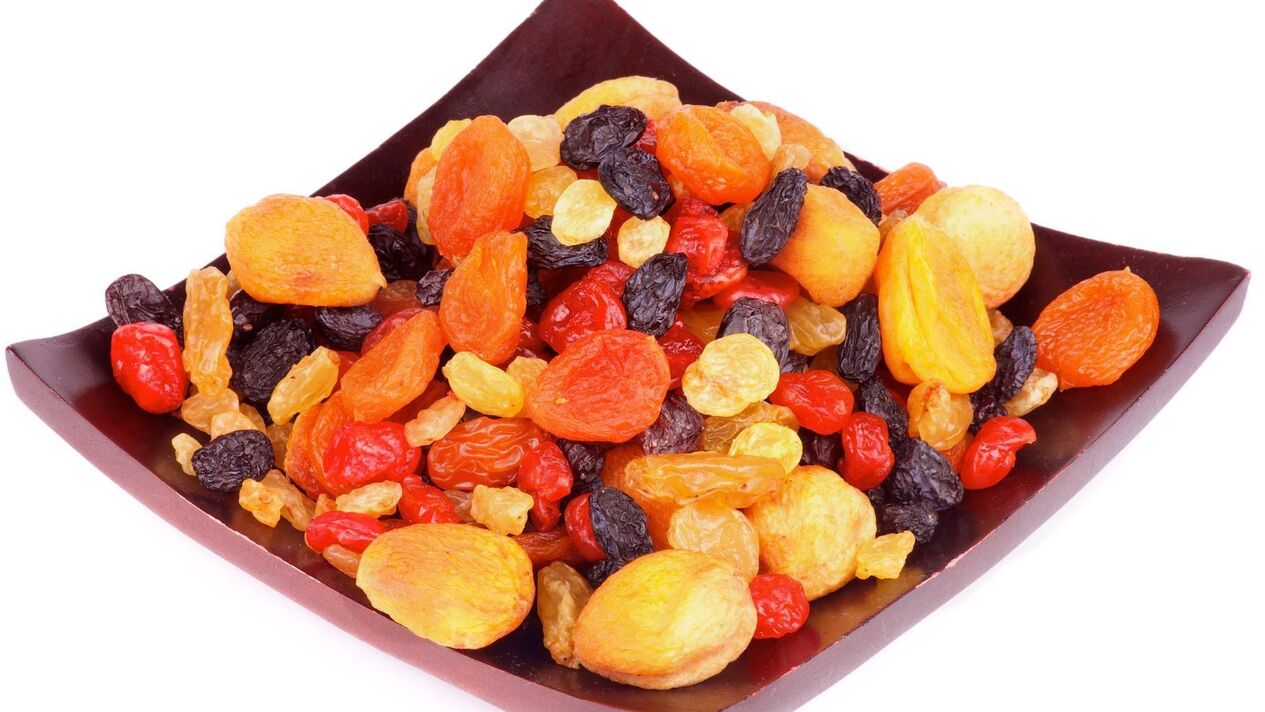
Menu (approximate):
- For breakfast you can eat a small portion of oatmeal, drink a cup of unsweetened tea;
- You should snack on dried fruit or 30 g of nuts;
- for lunch, a small plate of buckwheat or rice + a moderate amount of dietary meat or fish is acceptable;
- Ryazhenka or kefir is allowed as an afternoon snack;
- For dinner, it is allowed to boil potatoes without oil;
- late dinner - a glass of milk.
Is it possible to extend the Japanese diet for a month?
There are several variations of the Japanese nutritional method, but its maximum duration should not last more than 2 weeks. Experts recommend repeating such a menu 2 or at most 3 times a year.
How can you replace zucchini in the Japanese diet?
The diet includes a low-calorie product - zucchini, but not everyone who is losing weight likes this vegetable, or in some cases cannot eat it. Zucchini or zucchini can be replaced with: radishes, cucumbers, pumpkin, eggplant, cabbage or celery.
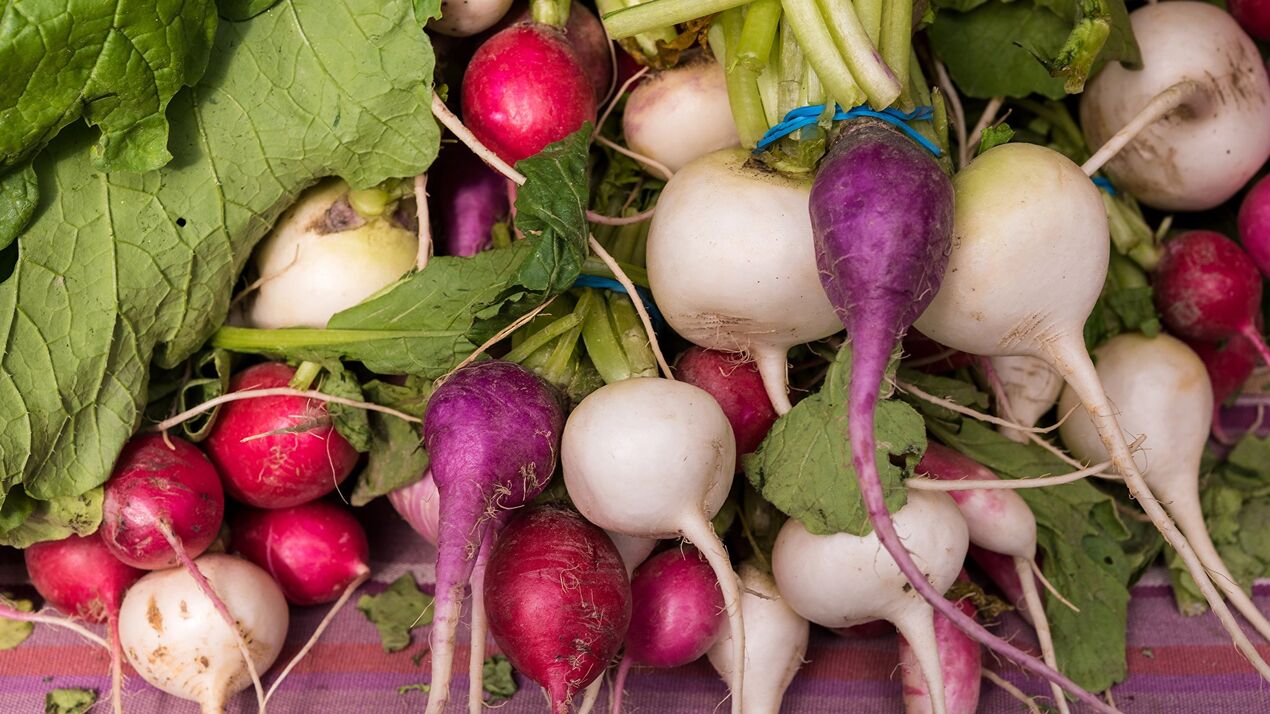
Some sources allow the use of squash caviar. Since store-bought caviar contains products not approved by the Japanese food system (preservatives, salt, sugar), it is better not to use this product.
Japanese rice diet for 13 days (original)
The original Japanese rice diet includes eating raw rice in the morning. Raw rice can remove food debris that accumulates and rots in the intestines. Unleavened rice normalizes intestinal activity and helps eliminate excess fat under the skin. Rice is a healthy grain

Before starting the diet, you need to prepare 4 identical, previously numbered containers. If you are a little overweight, 2 tablespoons of rice is enough. If your body mass index is high, the recommended serving size is 3 tablespoons.
Preparation phase:
- Pour rice into the first bucket with 100 g of water;
- Every other day, pour the contents of 1 glass and add fresh water. Pour rice into bucket number 2 and pour water;
- on the 3rd day, filter the 1st and 2nd rice, wash it and add water;
- The next day, pour another portion of rice into cup number 3 and fill with water;
- a day later, strain the rice out of the 3 glasses and add the liquid, put the rice in the 4th glass and pour it back;
- After the preparatory procedures, you need to eat rice (without water) from cup number 1 on an empty stomach.
- You are allowed to eat more food no earlier than 2 hours after eating.
Note! Prepare a light dinner to supplement your steamed rice diet and don't wash it down with anything.
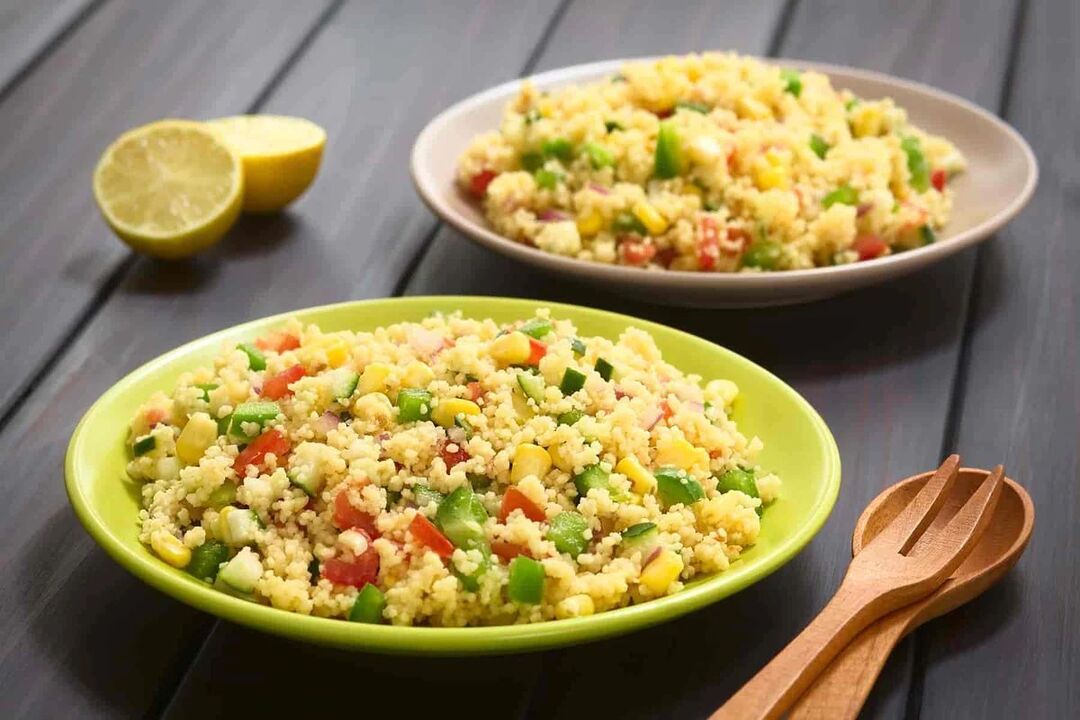
Dinner and lunch should consist of light dishes, smoked foods, sweets, spicy, fatty and sour foods are prohibited.
Alcohol is strictly prohibited during this technique!
After rice container number 1 is empty, you need to add another portion of rice. After that, the rice must be placed at the end so this cup becomes the 4th cup. For the next 12 days, you need to eat the soaked rice and soak the next portions of rice for 9 days.
With the help of rice soaked in water, you can become 2 kg lighter in a week, but you should not abuse raw products, it is recommended to use this method no more than 3 times a year.
Japanese diet for 7 days (original), sample menu
To achieve maximum effect, it is important not to break the diet, change foods or change the sequence of days. In order not to break down, it is better to find something interesting to do: watch interesting shows, read books, go for a walk - such behavior will help your mind get away from thoughts related to things. eat. It is quite possible to read an interesting book in the fresh air.

Before following a Japanese diet, you should reduce your salt intake and eat more whole grains, lean meat, and vegetables to prepare your body for the upcoming dietary restrictions.
The daily diet is shown in the table:
| No. 1 | coffee |
| Boiled eggs, tomato juice, mixed salad | |
| Grilled or boiled lean fish | |
| No. 2 | coffee, dry bread |
| boiled fish, cabbage with plants. oil | |
| beef (150g), kefir | |
| No. 3 | coffee + bread |
| zucchini | |
| beef and coleslaw | |
| 4 | coffee |
| carrots, raw eggs, cheese (maximum 20 gr. ) | |
| unsweetened fruit | |
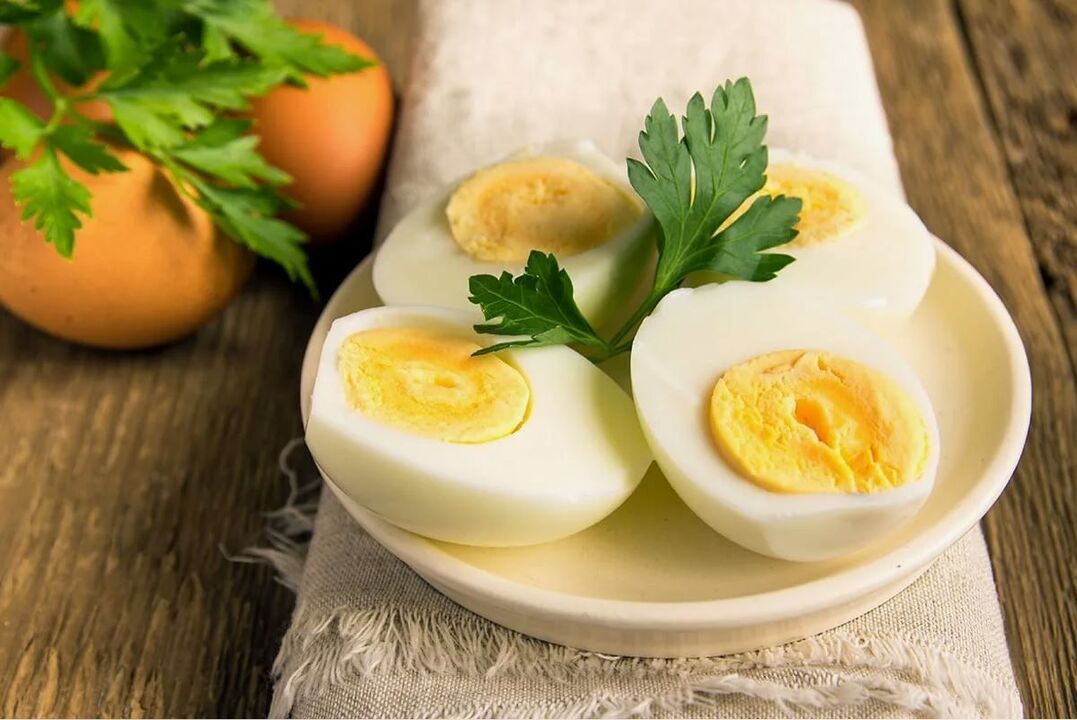 |
|
| 5 | carrot and lemon juice |
| fish + tomato juice | |
| fruit | |
| Number 6 | coffee |
| chicken (maximum 500 gr. ) + carrot and cabbage salad | |
| eggs + tomato or carrot juice | |
| number 7 | tea |
| beef, fruit | |
| any variation of dinner, except on the 3rd day. | |
Japanese banana diet
According to a medical representative whose homeland is Japan, you can lose weight with a banana breakfast. The doctor himself who lost weight thanks to his technique believes that bananas are the ideal product to help satisfy long-term hunger. Water and bananas are the foundation of the Japanese banana diet.
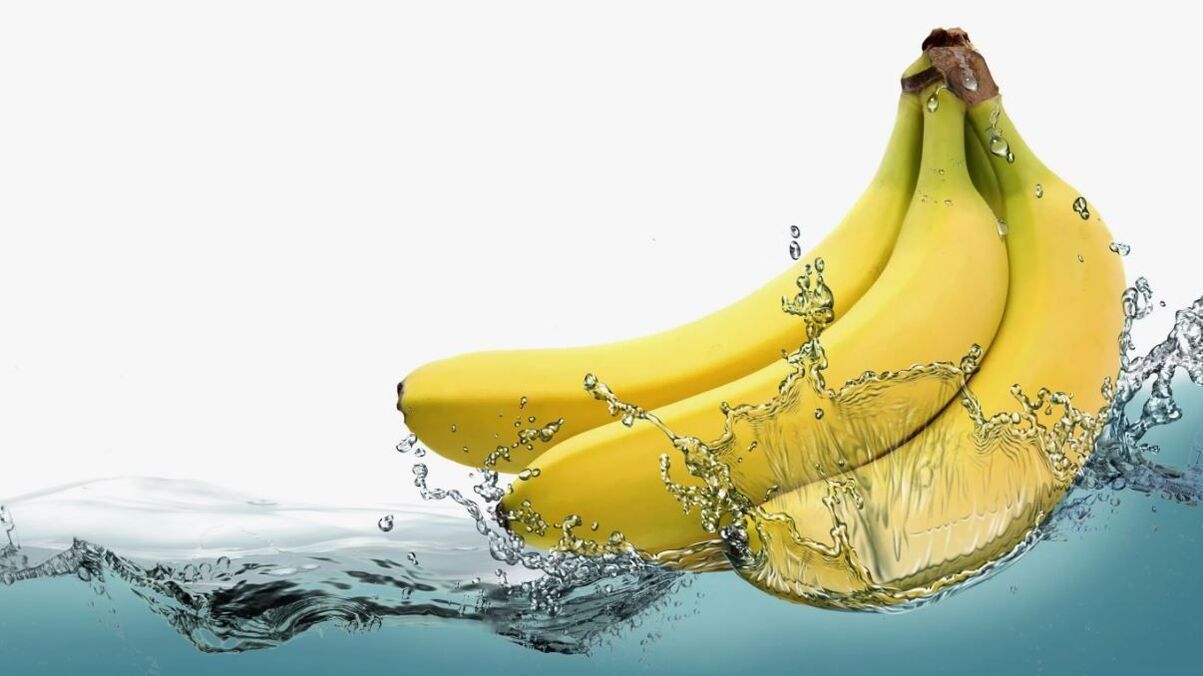
Bananas contain starch, which helps you maintain a feeling of fullness. Thanks to this product and drinking a lot, metabolism is accelerated and you can get rid of fat without changing your food during lunch and dinner. .
The banana diet invented by a Japanese doctor suggests that the breakfast of a person who decides to lose weight should include 2 green bananas and 200 g of pure filtered water.
Options for the next meal are chosen independently. Naturally, it is better to avoid desserts and fatty foods. The mandatory condition is not to eat after 8pm. While using this technique, snacks in the form of unsweetened fruits are allowed.
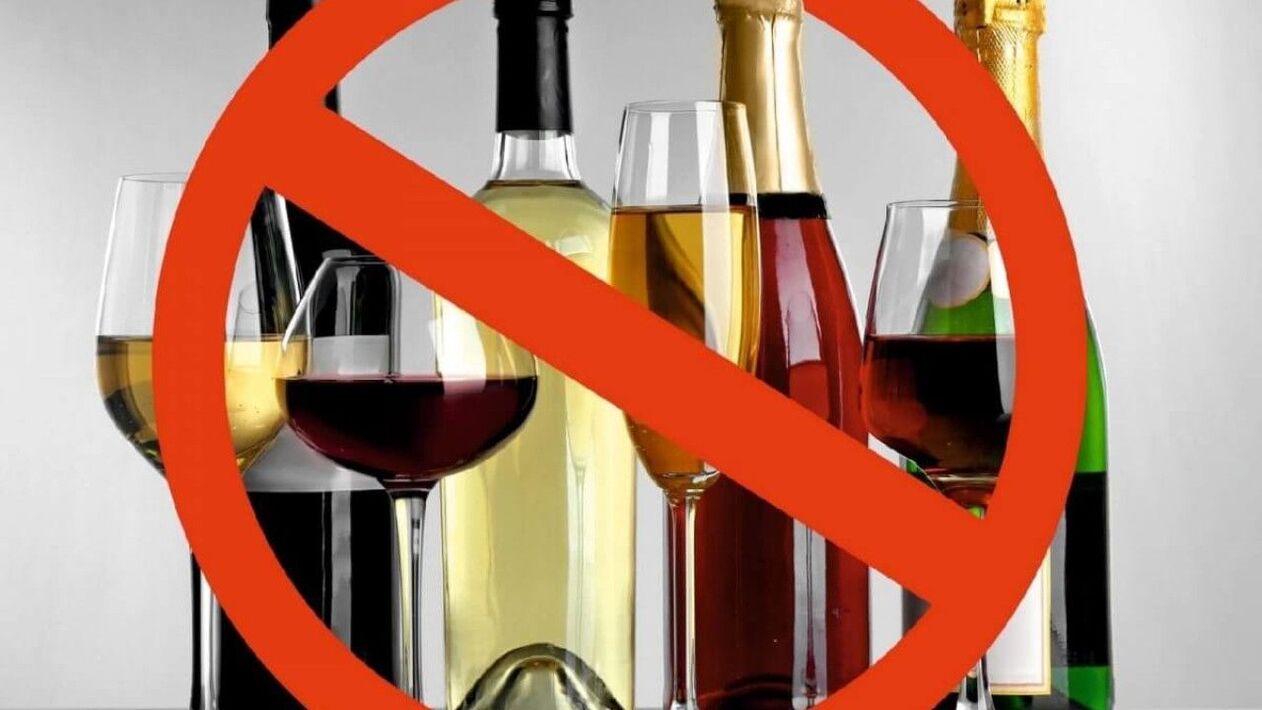
Note! To achieve maximum results during the diet, you should not switch. You should go to bed 23-24 hours before. Dairy products and alcohol should not be consumed. Carbonated soft drinks are prohibited, only clean soft drinks are allowed.
Japanese water diet
With the help of water, Japanese people treat various diseases (diabetes, migraines, asthma, epilepsy) and at the same time lose weight effectively with the help of this affordable product.
To lose weight, you need to drink 600-620 ml of clean water on an empty stomach, and you can eat after 40-45 minutes. Water must be at room temperature. The Japanese water diet must start with 200 ml of water on an empty stomach.

If at first it is difficult to drink the right amount of water at one time, you should start with 200 g, gradually increasing the dosage. You should practice this drinking technique regularly. An interesting fact is that you should drink water in the morning, immediately after waking up, without brushing your teeth.
Pros and cons of the Japanese diet
The undoubted advantages of the Japanese nutritional method are the availability of products and low financial costs. The disadvantages of the diet include the fact that there are quite a few contraindications, it is recommended for use exclusively for young and healthy people.

In the Japanese diet, the calorie content of food is sharply reduced, first of all there is a loss of fluid, part of which will certainly return when switching to a normal diet.
The diet is quite strict, problems may occur after the end, so it is important to exit it correctly, control nutrition for 1 week, so the diet will notlasts 2 weeks as stated but lasts 3. The system is not suitable for those who are accustomed to eating small portions, as it implies nutrition 3 meals a day.
Are there many Japanese in the Japanese diet?
Japanese people, unlike Americans, are not obese because they do not eat too many burgers, pizza, hot dogs and french fries. Although Asians like light and low-calorie foods, they do not eat foods regulated by the so-called Japanese system.
This diet is called "Japanese" only because it was invented by Japanese nutritionists, and very few people know about the banana diet in Japan, but in America it has become extremely popular inyears.

The Japanese are a rather slender nation. For the Japanese diet to be successful, you should prepare by reducing the total calorie content of foods for about a week. But don't limit yourself too much, it's enough to create a deficit of 10% of your total calories.
To distract yourself while dieting, you should completely immerse yourself in the oriental atmosphere, for example, you can eat with special chopsticks while listening to Japanese musical melodies. Such psychological techniques will help you stay on track and achieve the desired results.
The Japanese diet is a great way to tone your body and improve your health, but don't forget that it is recommended for people without health problems and they should apply itno more than 3 times a year.
















































































